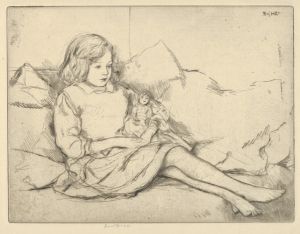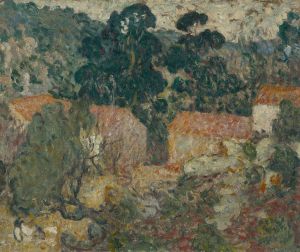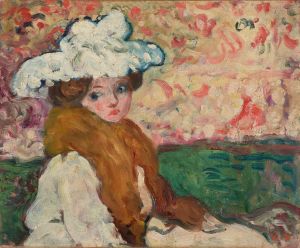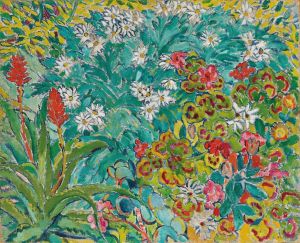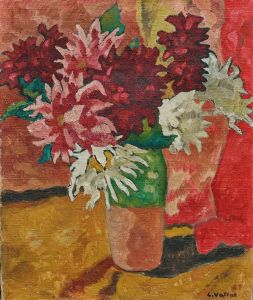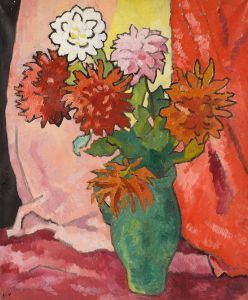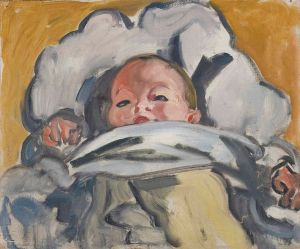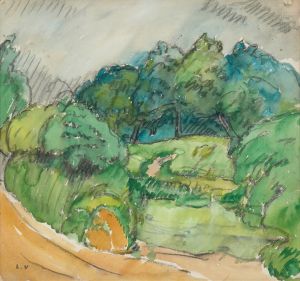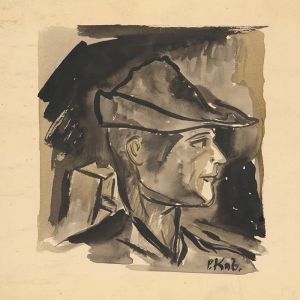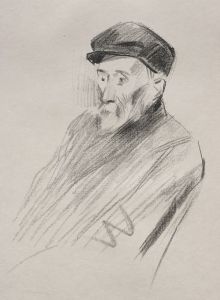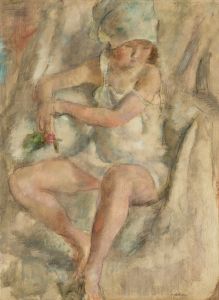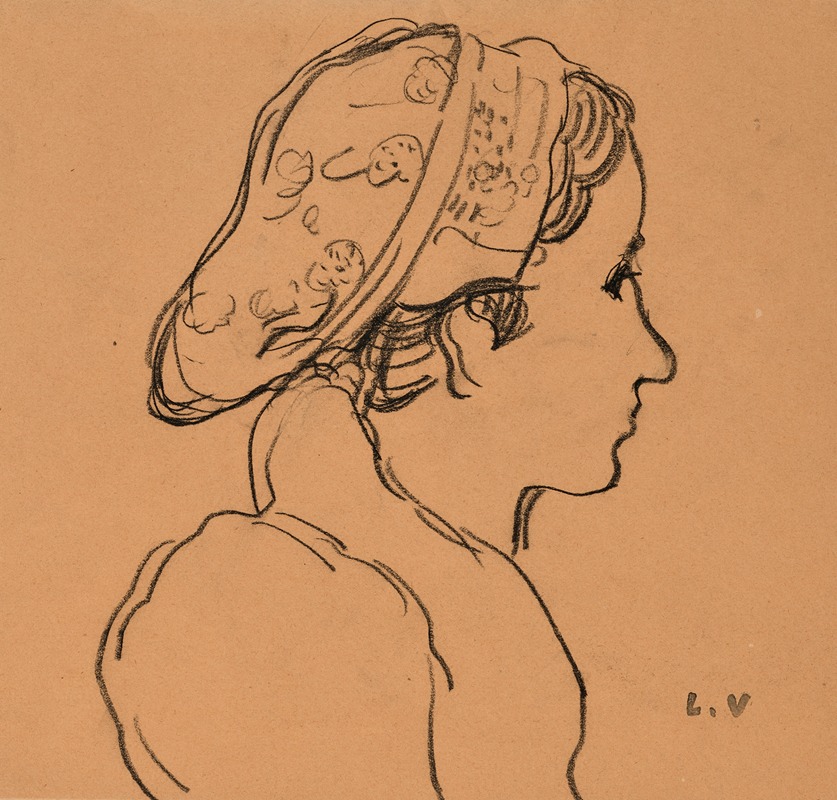
Jeune femme de profil au bonnet
A hand-painted replica of Louis Valtat’s masterpiece Jeune femme de profil au bonnet, meticulously crafted by professional artists to capture the true essence of the original. Each piece is created with museum-quality canvas and rare mineral pigments, carefully painted by experienced artists with delicate brushstrokes and rich, layered colors to perfectly recreate the texture of the original artwork. Unlike machine-printed reproductions, this hand-painted version brings the painting to life, infused with the artist’s emotions and skill in every stroke. Whether for personal collection or home decoration, it instantly elevates the artistic atmosphere of any space.
Louis Valtat was a French painter and printmaker associated with the Fauvist movement, known for his vibrant use of color and expressive brushwork. Born on August 8, 1869, in Dieppe, France, Valtat was a contemporary of artists like Henri Matisse and André Derain. He studied at the École des Beaux-Arts and the Académie Julian in Paris, where he was influenced by the Impressionists and Post-Impressionists.
"Jeune femme de profil au bonnet" is one of Valtat's notable works, although specific details about this particular painting are limited. Valtat's oeuvre often features portraits, landscapes, and scenes of everyday life, characterized by bold colors and a dynamic style that prefigured the Fauvist movement. His work is recognized for its vivid palette and the way he captured light and form, often using thick, textured brushstrokes.
Valtat's career began to gain traction in the late 1890s. He exhibited at the Salon des Indépendants and the Salon d'Automne, which were important venues for avant-garde artists of the time. His early works show the influence of Impressionism, but he gradually developed a more distinctive style that incorporated elements of Fauvism, characterized by a more liberated use of color and form.
The Fauvist movement, which emerged in the early 20th century, was known for its radical use of color and brushwork. While Valtat is sometimes associated with this movement, he maintained a unique approach that set him apart from other Fauvist painters. His use of color was expressive yet controlled, and he often focused on the harmony and balance within his compositions.
"Jeune femme de profil au bonnet" likely exemplifies Valtat's interest in capturing the essence of his subjects through color and form. Portraits were a significant part of his work, and he often depicted women in various settings, highlighting their individuality and character. The use of a bonnet in the painting suggests a focus on fashion and the cultural context of the time, as headwear was an important aspect of women's attire in the late 19th and early 20th centuries.
Valtat's contribution to modern art is significant, as he bridged the gap between Impressionism and the more radical movements that followed. His work is held in various collections worldwide, and he is remembered for his ability to convey emotion and atmosphere through his innovative use of color and composition.
Despite the lack of specific information about "Jeune femme de profil au bonnet," the painting can be appreciated within the broader context of Valtat's artistic achievements and his role in the development of modern art. His legacy continues to be celebrated for its vibrant expression and the way it captures the spirit of the early 20th century.






